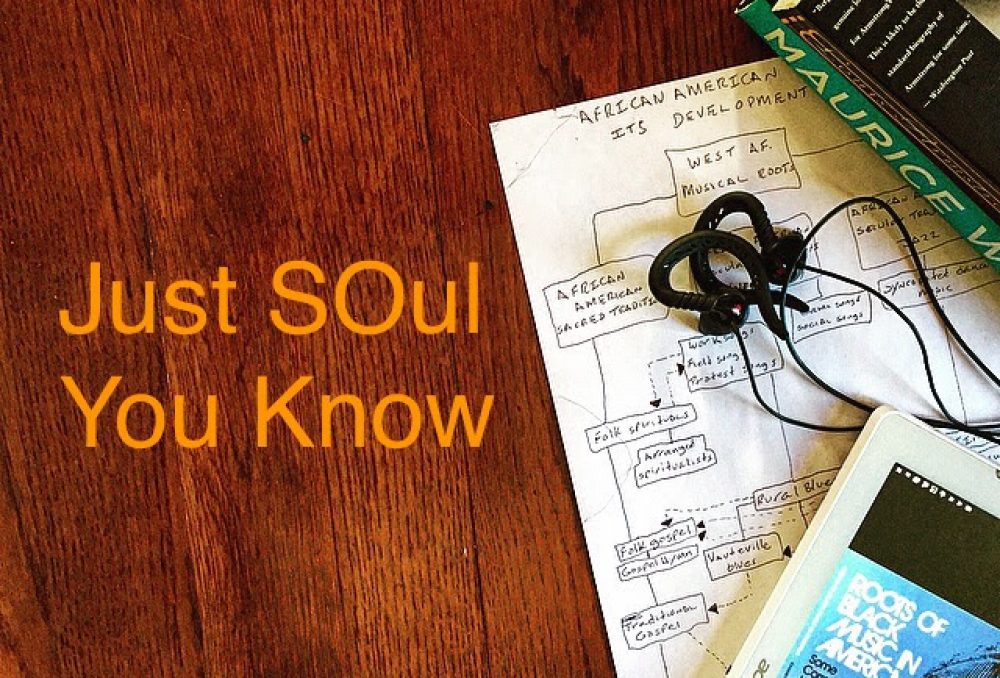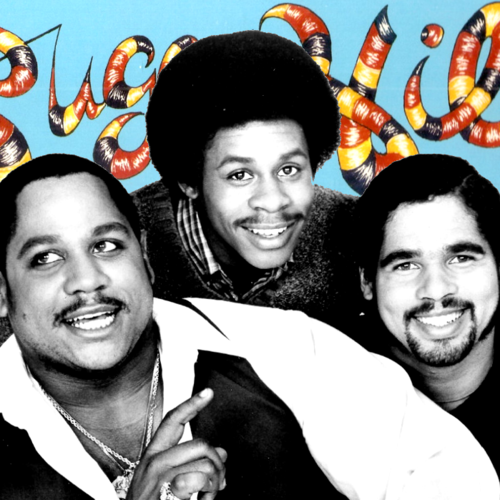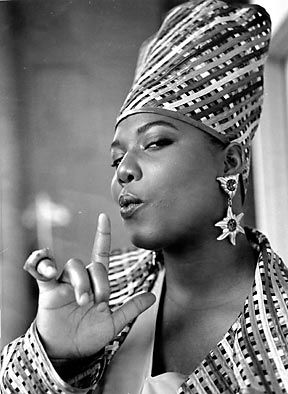 When celebrating African American Music Appreciation Month we must marvel at the Black voice in song. It has a wonderful vibrato and tone filled with hope everlasting. It can gracefully reach a brutal yet angelic fortissimo then in an instant render into a peaceful pianississimo whisper. It can bounce around in a most staccato way and still lull a baby to sleep amid the bright lights and big city. It tells stories of the Black experience past, present, and future. It seeps into our memories and keeps us warm at night and calm in the midst of a storm. And it certainly can fill us with an abundance of joy!
When celebrating African American Music Appreciation Month we must marvel at the Black voice in song. It has a wonderful vibrato and tone filled with hope everlasting. It can gracefully reach a brutal yet angelic fortissimo then in an instant render into a peaceful pianississimo whisper. It can bounce around in a most staccato way and still lull a baby to sleep amid the bright lights and big city. It tells stories of the Black experience past, present, and future. It seeps into our memories and keeps us warm at night and calm in the midst of a storm. And it certainly can fill us with an abundance of joy!
Singers who have mastered the art, temperament, and technical requirements of the Black voice such as Billie Holiday, Nat Cole, Ella Fitzgerald, Sam Cooke, Aretha Franklin, James Brown, Minnie Riperton, Teddy Pendergrass, Chaka Khan, Michael Jackson, Whitney Houston, Rachelle Farrell, Lalah Hathaway, Jose James, Ledisi, and Gregory Porter, just to name but a few, have delivered various musical motifs to global life.
Only select singers can be singled out to be examined for their abilities, cultural merits and social achievements and their motif of love. In this case, there is one singular Black voice, among few, who is known almost exclusively for the vocal ability to croon about love. Luther Vandross can be counted among those who have mastered the art, temperament, and technical requirements of the Black voice. Known at times as the “heavy weight of soul,” Vandross, with his voice, carved out a place for lovers to dwell. His voice smooth and alluring signaled both men and women to come hither (I’m having fun with this). With a seemingly effortless glissando from a low holler to a righteous scream through several octaves, Vandross’ voice formed to cupid’s function.
Luther Vandross has many songs that can be used as examples to show how his voice, in all its power and ability, can set the tone in the mind and hearts of any listener. However, this post will use his 1983 release “Make Me A Believer” and that quintessential love motive. With its smooth glossy 80’s feel it tells of one lover’s desire to hold another in full belief that love will never end all the while Vandross’ voice is marvelous in tale.
AAMAM has a voice for lovers!









